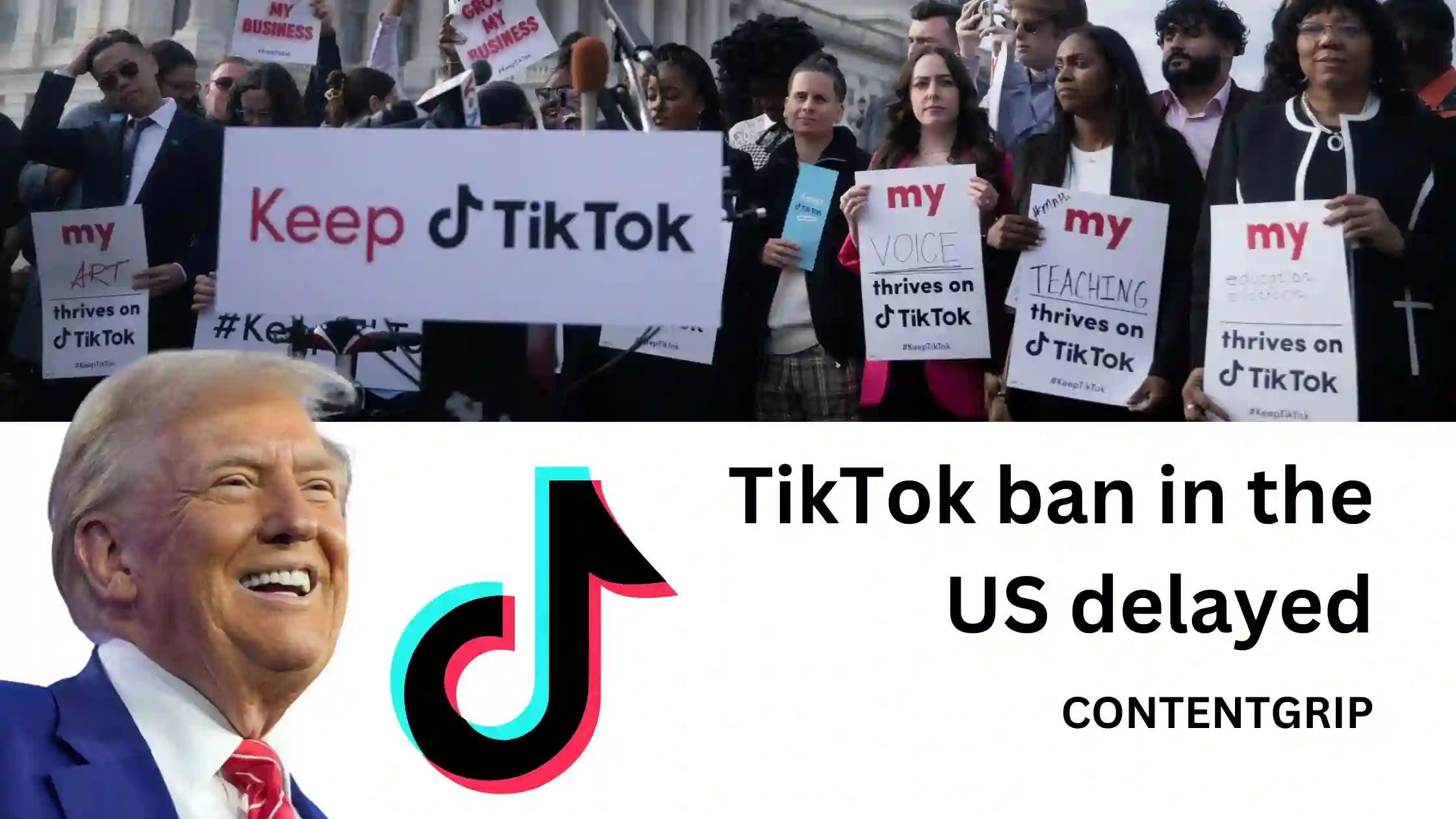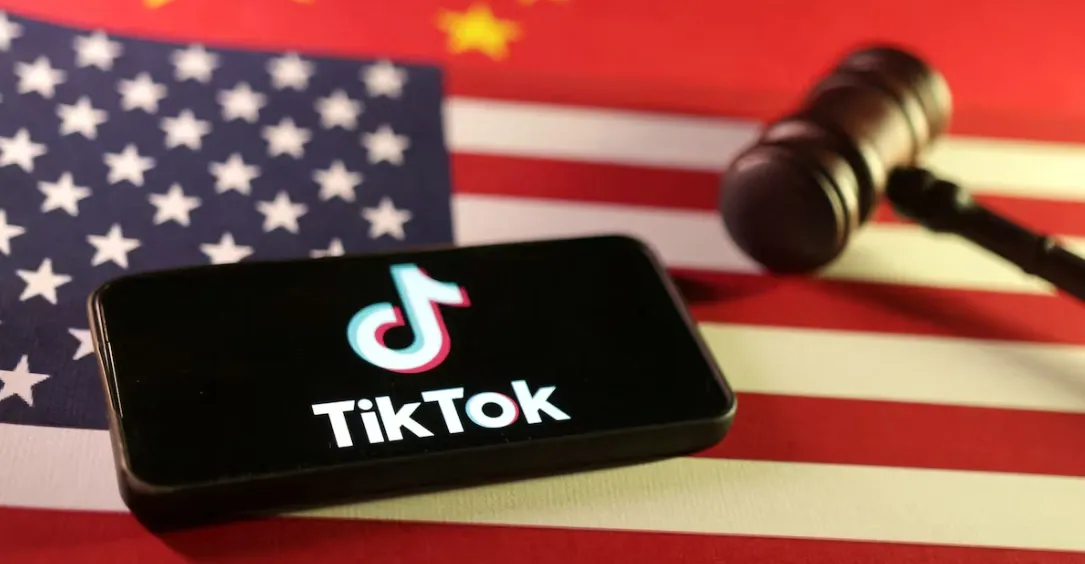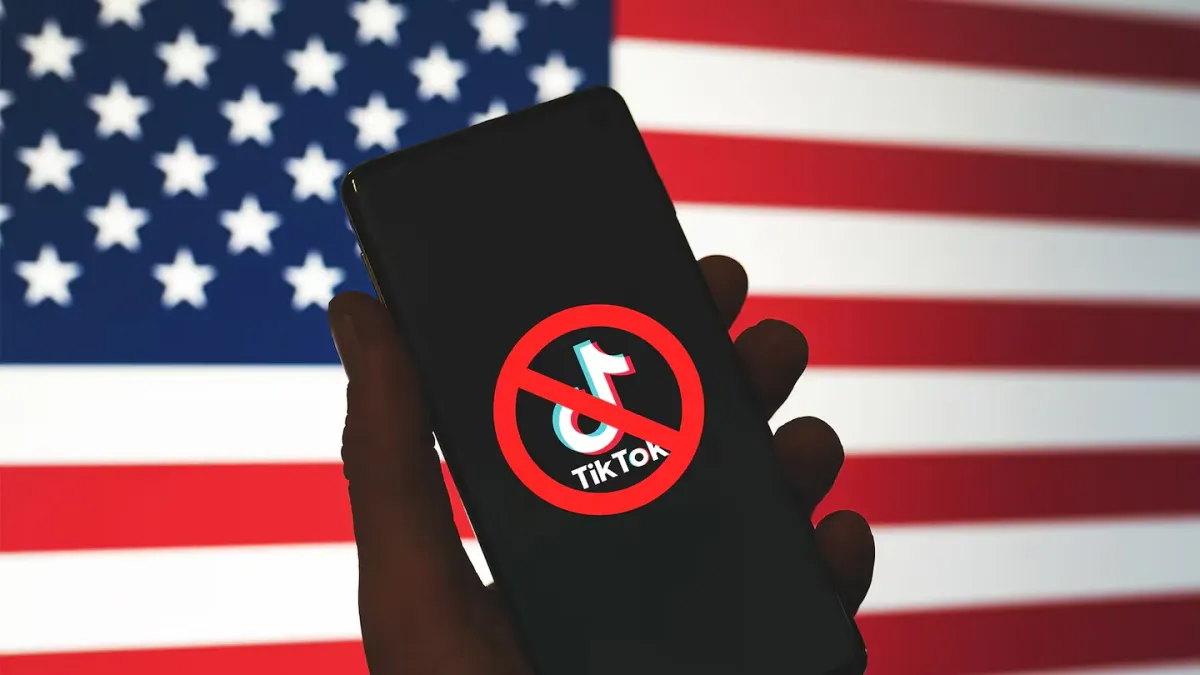TikTok’s US drama isn’t over—what marketers need to know
The deal to save TikTok just fell apart—here’s what brands should prepare for while the clock keeps ticking

TikTok’s US operations are once again hanging in the balance, but for now, they’ve dodged the axe. Following January’s 75-day reprieve granted by President-elect Trump, new developments have emerged that could reshape the platform’s fate.
For brands that have built TikTok into the core of their digital strategy, the stakes are high. And with millions of active US users on the app, questions loom: if TikTok goes dark, where will those audiences migrate—and how can marketers follow them?
This article explores the latest twist in the TikTok saga—how a nearly finalized deal unraveled and what it means for marketers navigating ongoing uncertainty.

What is TikTok’s latest update in the US?
Over the weekend, former President Donald Trump announced on Truth Social that his administration had granted the ByteDance-owned platform a second 75-day extension, staving off the looming enforcement of a law that would have banned the app unless it was sold to a US-approved entity.
Trump noted that the deal “needs more work” and reiterated that the US doesn’t want TikTok to "go dark." But the urgency is palpable. The broader context includes escalating US-China trade tensions, with Trump’s recent tariff hikes raising total duties on Chinese goods to 54%¹.
Meanwhile, China has hit back with tariffs of its own, alongside export restrictions on critical minerals—highlighting how deeply the TikTok issue is woven into larger geopolitical dynamics.
In fact, a deal to secure TikTok’s future was reportedly on the brink of finalization just days ago. According to CBS News, all key parties—including ByteDance, current and prospective investors, and the US government—had signed off. Trump was expected to initiate a 120-day period to close the agreement, giving stakeholders time to finalize financing and legalities.
However, the situation abruptly shifted after Trump announced sweeping global tariffs, including significant levies on Chinese imports. ByteDance officials contacted the White House shortly after to relay that the Chinese government would no longer approve the deal unless negotiations on tariffs resumed. The political timing derailed the agreement, leaving TikTok’s future once again in flux.
ByteDance has confirmed that it remains in active discussions with the US government, but any deal would still require approval under Chinese law. With both nations leveraging the app as a bargaining chip, progress remains elusive and unpredictable.
This isn’t TikTok’s first brush with a US shutdown. Earlier this year, the app briefly went offline for American users following a short-lived ban. Trump later extended the timeline, emphasizing the desire for American stakeholders to hold a 50% share in any new joint venture, which he claimed would turn TikTok into a multibillion-dollar—or even trillion-dollar—asset.
While names like Elon Musk were tossed around as potential buyers, the billionaire quickly shut down rumors, stating that he neither uses TikTok nor understands the format. With no savior in sight and political chess continuing, the app’s fate remains undecided.

Implications for marketers
While the political and legal battles continue, the marketing world can't afford to wait on the sidelines. TikTok’s uncertain future has real consequences for how brands connect with audiences, allocate budgets, and plan campaigns. Here are three key areas marketers should pay close attention to:
- Platform risk is now a strategic concern.
Marketers who’ve leaned heavily on TikTok for reach and engagement need to reassess their channel mix. With regulatory uncertainty and legal drama dragging out, depending on TikTok as a central content pillar could backfire if the platform faces new disruptions.
- Prepare for demographic ripple effects.
A potential ban—or even just persistent uncertainty—can shift user behavior. Some creators might migrate to Reels or YouTube Shorts, while others double down on TikTok to ride the current wave. Brands should track where audiences go, and be ready to follow.
- Compliance isn’t optional.
Whether TikTok survives under ByteDance, transitions to a US-led venture, or faces another ban, the regulatory landscape is shifting fast. Marketers should stay looped in on policy updates, platform terms, and global compliance frameworks to protect both strategy and reputation.
As the future of TikTok remains in flux, marketers must stay agile. The platform’s next chapter—whether a sale, ban, or transformation—will shape audience behavior, content strategy, and ad spend across the board.
Staying informed, diversifying platforms, and building flexibility into marketing plans will be key to weathering whatever comes next.
Sources
- BBC. (2025, April 5). Trump extends deadline to keep TikTok running in US. https://www.bbc.com/news/articles/cx256dd1znpo
This post is created by ContentGrow, providing scalable and tailored content creation services for B2B brands and publishers worldwide. Book a discovery call to learn more.





